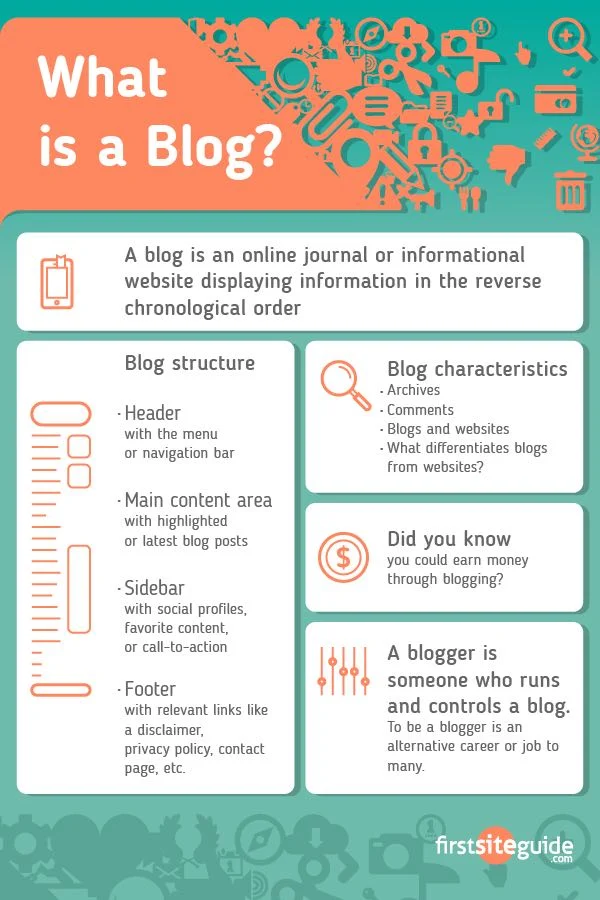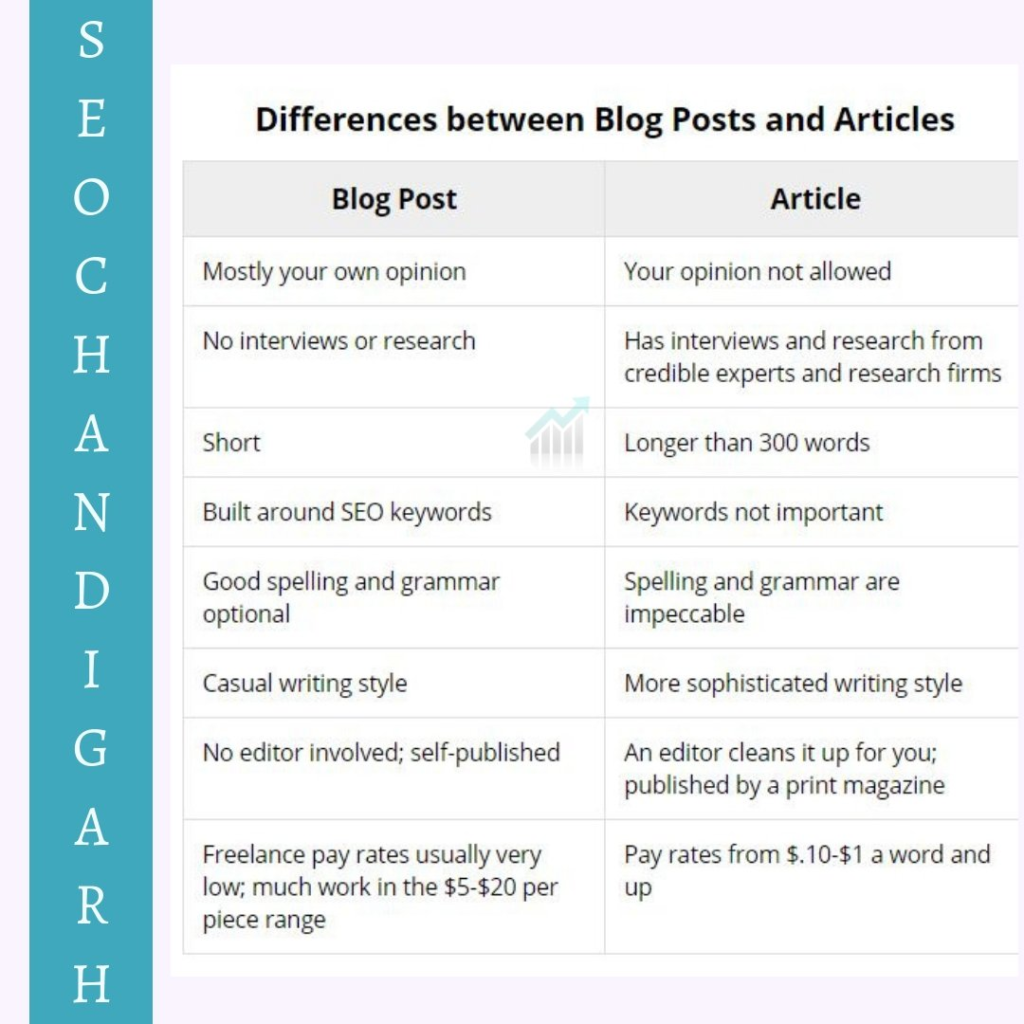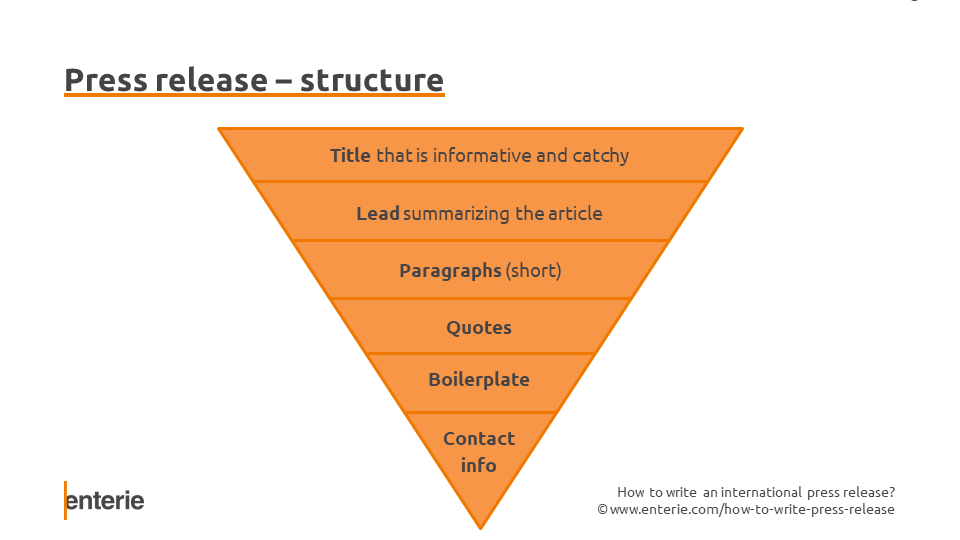Blog vs. Article vs. Press Release: A Comparison

Table of Contents
- What are Press Releases?
- What is a Blog?
- What is an Article?
- Blog vs. Article vs. Press Release: A Comparison
- Key Takeaways
- Conclusion
- FAQs
When it comes to publishing content for marketing, blogs, press releases, and articles are the few terms that often come up. What’s the difference between the three anyway? And how does it affect your marketing efforts?
Before diving into the comparison, let’s talk about what classifies as a blog, a press release, and an article.
What is a Blog?
A blog is a company’s platform for posting industry updates, insights, product or service-related information, and anything else to attract its target audience through different channels. In essence, it is a company’s personal space where they can talk about anything they deem relevant, establish their brand voice over time, and lead their readers through their website, often utilizing buttons and embedded hyperlinks.
A blog post may contain detailed information about a subject matter peppered with personal opinions of the author and commonly ends with an invitation to engage by leaving comments on the same.
Blogs are commonly an arm of content marketing – and for most companies, it’s the dominant arm too. Blog posts are written by in-house marketing professionals or outsourced to agencies or freelancers, ideally industry experts.


What is an Article?
An article lies somewhere in between a press release and a blog post. It’s not as formal as a press release, and it is usually objectively informational. It can be published by a third party that’s not a news platform. An article aims to inform without seeking engagement. The subject need not be a “newsworthy” event of interest to journalists. Instead, it can be something of value to your target audience, distributed on sites they frequent or industry-based publications for awareness.
Examples of articles include magazine articles and guest publications on websites that may link back to your own site.

What are Press Releases?
Press releases are official statements delivered by the company spokespersons to the media, usually for public relations. It essentially announces an event or a newsworthy initiative taken by the company as objectively as possible. It is written by a PR professional and sent to reporters and editors of various agencies. The chief aim of a press release is to pique the interest of the common masses through a print news platform or publication.

Blog vs. Article vs. Press Release: A Comparison
Format
Press releases are written in a specific format, including a title, a subhead, a quote, the body, and a boilerplate or a summary of the company. They are 400-500 words long and published on news sites.
Blogs can be as short (around 300 words) or as long (1000+ words) as you want and include images and videos, providing more content options.
Articles are usually longer than 500 words, do not provide multimedia content options, and can be written in any format as long as the publishing agencies acquiesce.
Tone
Press releases follow a formal, informational tone in the third person. Blogs are almost always written in a conversational tone, written in first-person. Articles can be written in the second or third person, depending on the platform used for publishing.
Goal/Intent
Press releases are published with the intent to attract buzz around a new product or service, general news, or an upcoming event. Although they don’t directly attract clients, they help build brand reputation in the market.
Blogs are aimed at increasing visibility and engagement. Blogs are also a great way to demonstrate expertise and customer service by making them as informational and helpful as possible. This helps build trust down the line.
Articles are meant to increase brand awareness without direct engagement.
Advantage
Press releases impact brand perception and provide immediate exposure to an established audience. On the other hand, besides tapping into high-intent prospects (through SEO) and demand generation, the chief advantage of publishing blogs is that they put a human face to an organization – building virtual bonds with your customers and relationships on a foundation of trust in your expertise. This pushes you to the front of their mind when they are ready to buy your products and services.
Articles combine the best of both and help your brand reach an established audience with valuable content that they are more inclined to read and retain rather than scroll or flip through.
Effect on SEO
Press releases help your website gain backlinks from high traffic, high authority news sites.
Blogs are a brilliant way to create fresh content and directly target high-volume keywords.
Articles can boost SEO referral traffic if published (and backlinked) on high traffic, high authority sites in the same niche. All three types of content can enhance marketing success.

Key Takeaways
- Press releases are formal and objective; blogs can take on your brand voice, and articles are generally objective with a mildly informal yet authoritative tone.
- News platforms and publications publish press releases; blogs are posted on a website, and articles can be published by either.
- Articles often combine the best of both: press releases and blogs, but they are slow to generate tangible results and difficult to track.
- Combining all three types of content is a must for sustained marketing success for any brand.
Conclusion
Understanding the nuances of writing a blog, a press release, and an article would help you better understand your audience and their needs and cater to them. There is a need for all three, even in the fast-paced digital era where readers’ attention spans are short and written posts are too many.
FAQs
The key difference is the writing style and length of the piece. Blogs can be anywhere between 300-1000 words long. Articles are often lengthier.
A blog is essentially a website where content is posted in reverse chronological order (newer content appears first). A blog post is basically the content or entries on that website.
1. Personal blogs
2. Business blogs
3. Niche blogs
4. Affiliate blogs
1. Headline
2. Date
3. Introduction
4. Body
5. Boilerplate
6. Call to Action
7. Media details
1. Don’t get distracted
2. Research thoroughly
3. Use simple language
4. Break your content into sections and use bullet points
5. Edit
Latest Blogs
Learn how to rank on AI search engines like ChatGPT, Perplexity, and Gemini by optimizing your content for authority, structure, and relevance. Stay ahead in AI-driven search with this strategic guide.
Explore the best healthcare SEO services for your medical practice. Improve online visibility and effectively reach more patients in need of your services.
Discover top social media agencies specializing in banking solutions, enhancing financial services and driving engagement.
Get your hands on the latest news!
Similar Posts

B2C Marketing
5 mins read
Top Choices for Best Content Marketing Services in B2B Industries

Artificial Intelligence
5 mins read
How A Lead Generation Specialist Can Use AI-Powered Content Funnels to Drive Conversions

Artificial Intelligence
4 mins read